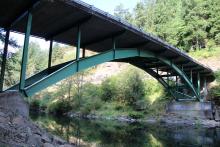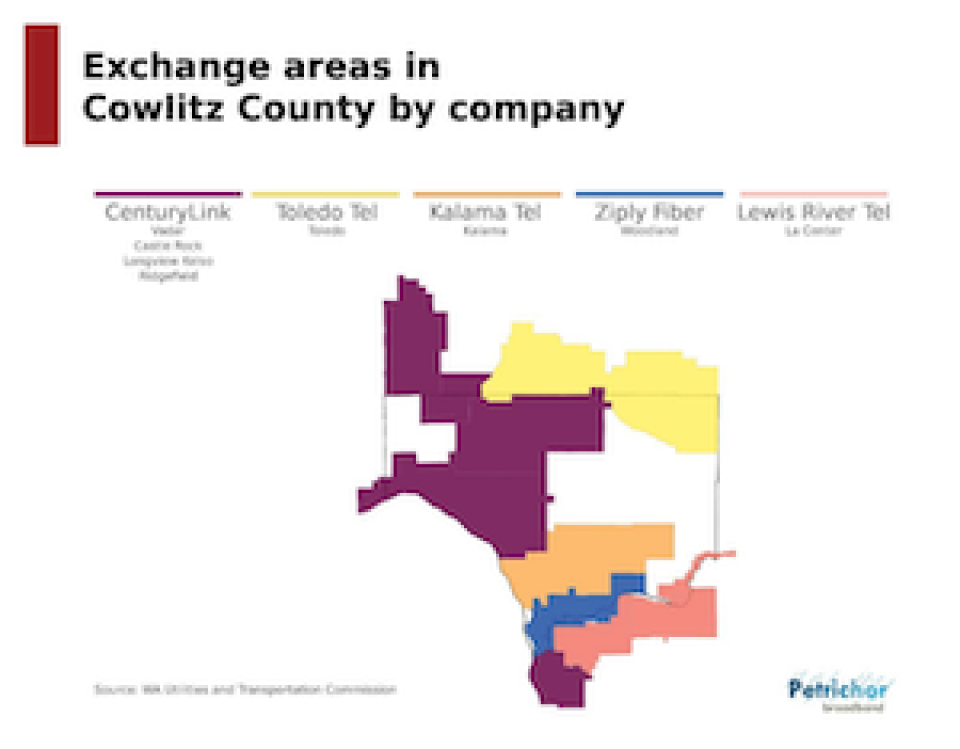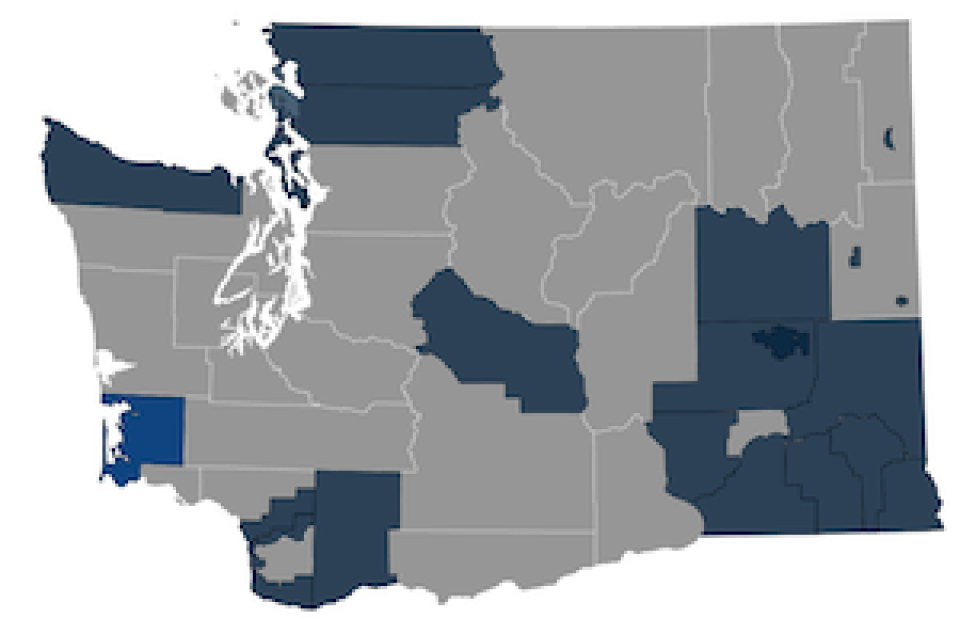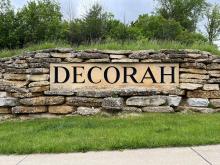
Municipal broadband networks have struggled to get a foothold in Washington state given the historical restrictions that have been put on local governmental entities, barring them from offering retail broadband service. But, as state lawmakers lifted those restrictions earlier this year, several PUDs are well-positioned to seize the moment, building on the momentum generated by a collaborative effort led by a publicly owned corporation known as Petrichor.
Created in 2018, Petrichor is committed to serving tribes, cities, counties, and ports and is now working with 30 of the 47 counties in the Evergreen State, as well as a number of communities in the neighboring state of Idaho. It’s primary purpose is to share its expertise and help communities apply for state and federal grant money to deploy broadband infrastructure.
Working in collaboration with Cowlitz County (pop.110,600), Petrichor and the county recently co-published a report identifying the region of the state north of Longview, south of Castle Rock and west of West Side Highway as areas in desperate need of expanded high-speed Internet access.
Connecting Cowlitz County
Just north of Portland, nestled along the Columbia River, the economy of Cowlitz County has historically relied on logging and mining. But, after the Great Recession health care and the social assistance industry became the primary source of employment in the region. And with the change from industries requiring manual labor to technologically-driven industries, a need for fast, reliable Internet access has become paramount.

Unfortunately, Incumbent Local Exchange Carriers (ILEC) have not been able to meet the need of the moment. Cowlitz County alone has five unique ILECs, resulting in a patchwork of communities with DSL Internet access. Cable Internet Service Providers (ISPs) have also built infrastructure in the area, but there are entire swathes of the county with little to no options.
In December 2020, four private ISPs won $4.5 million in the Rural Digital Opportunity Fund Phase I Auction (RDOF) to serve 2,170 locations; CCO Holdings, CenturyLink, Frontier, and Space Exploration Technologies Corporation (SpaceX).
“We’ve spent $80 billion in the last 20 years trying to solve the broadband problem through different federal programs,” said Joe Poire, Executive Director of the Port of Whitman and manager of Petrichor. “And all we’ve done is made high-cost companies rich and there’s not service to high-cost customers.”
Petrichor was hired in June to help the county assess its broadband infrastructure and provide information on the grant writing process. On June 3, the Cowlitz County Broadband Action Team (BAT) had its first meeting.

But, when it came to applying for state and federal grants to address the lack of broadband in the region, ultimately Cowlitz County Public Utility District board members decided to hold off and not to move forward with Petrichor's application timelines given a “short turnaround time.”
However, in July, Petrichor worked with eight other communities across the state to secure Community Economic Revitalization Board grant money. All together, these eight communities won more than $13 million in funding for broadband projects including the deployment of middle mile and last mile networks. (Read the full list of projects here.)
Petrichor History
Petrichor’s leadership is guided by an executive director, Joe Poire, who is well-versed in providing Internet service in both the public and private sector.
Having previously owned and operated small ISPs in the area, in 1995 Joe Poire left the private sector behind and began his career as a public servant. He was hired to be the Executive Director of the Port of Whitman at a time when the practical and economic utility of Internet connectivity was just beginning to emerge. Poire recalled that Washington’s then Gov. Gary Locke was using the phrase “digital divide” before the term became popular.
As far back as 2000, then Gov. Locke pointed to the need for expanding high-speed Internet connectivity in the state.
“Our challenge is this: to give our rural communities the opportunity to share in the prosperity of the global, 21st century information-age economy to get them connected,” Locke said at a broadband conference.
Poire was on the same page. In 2000, Poire and other community broadband advocates began pushing for Ports to be given the authority to build and lease telecommunications infrastructure. Poire emphasizes that this was an important step because, while ports couldn’t provide retail service to the end user, they were able to start building open access networks.
“We took off,” Poire said.
Over the course of the next 18 years, the Port of Whitman built telecommunications infrastructure that ran more than 450 miles of fiber across six counties and around 30 cities in Washington and Idaho.
Whitman was able to build this infrastructure because it started with some capital. Ports have taxing authority and are able to make a profit from their shipping facilities, railroads and airlines. Poire said half of the $29 million that Whitman has poured into broadband infrastructure has been in grants and the rest from revenues generated by the network itself.
“We’re building fiber-to-the-home [FTTH] and we’ve got multiple companies delivering 1 gig Internet for $70/month and all of a sudden, the Port of Seattle’s calling us up and going, ‘How’d you do that? We’ve got areas in our port district that don’t have Internet service.’”
Word was spreading like wildfire and other ports wanted to work with Whitman to solve their telecommunications problems. So the Ports of Kalama, Ridgefield, Skagit County, Bellingham, Pasco and Whitman County came together to form what they called “a municipal broadband corporation” in 2018, which became Petrichor.

Today, they have nearly 21 telecommunications companies leasing fiber - from ILECs and wholesale network companies to private ISPs. It’s led to the creation of a market where the average end user can choose from four or five ISPs.
Poire said that because they are working in areas that are expensive to connect, investing their own capital combined with grant money, it can take 10 to 12 years before they see a return on investment. And while Petrichor is fine with that model because ultimately it has built infrastructure - it is something many of the bigger, private ISPs have failed to do.
“What we do is build networks that serve high-cost customers. And it’s really hard to accomplish that if your main priority is just making a profit,” Poire said.
Just as Petrichor was getting off the ground, the pandemic hit, and the issues with connectivity became even more clear. Poire said that Petrichor is helping 30 of the 47 counties across the state - as well as some communities in Idaho - apply for grants and assess broadband infrastructure.
“All of a sudden, we’re in style again. You’ve got to move when the time’s right, when there is political will and everythings ready. That’s why we are trying to help people now,” he said. “And if we’re not there, and it’s not open access, and it’s not free trade, the money is all going to a monopoly that’s just going to take the money into their coffers and people are still not going to have service.”
Header Image courtesy of Flickr user cmh2315fl.







